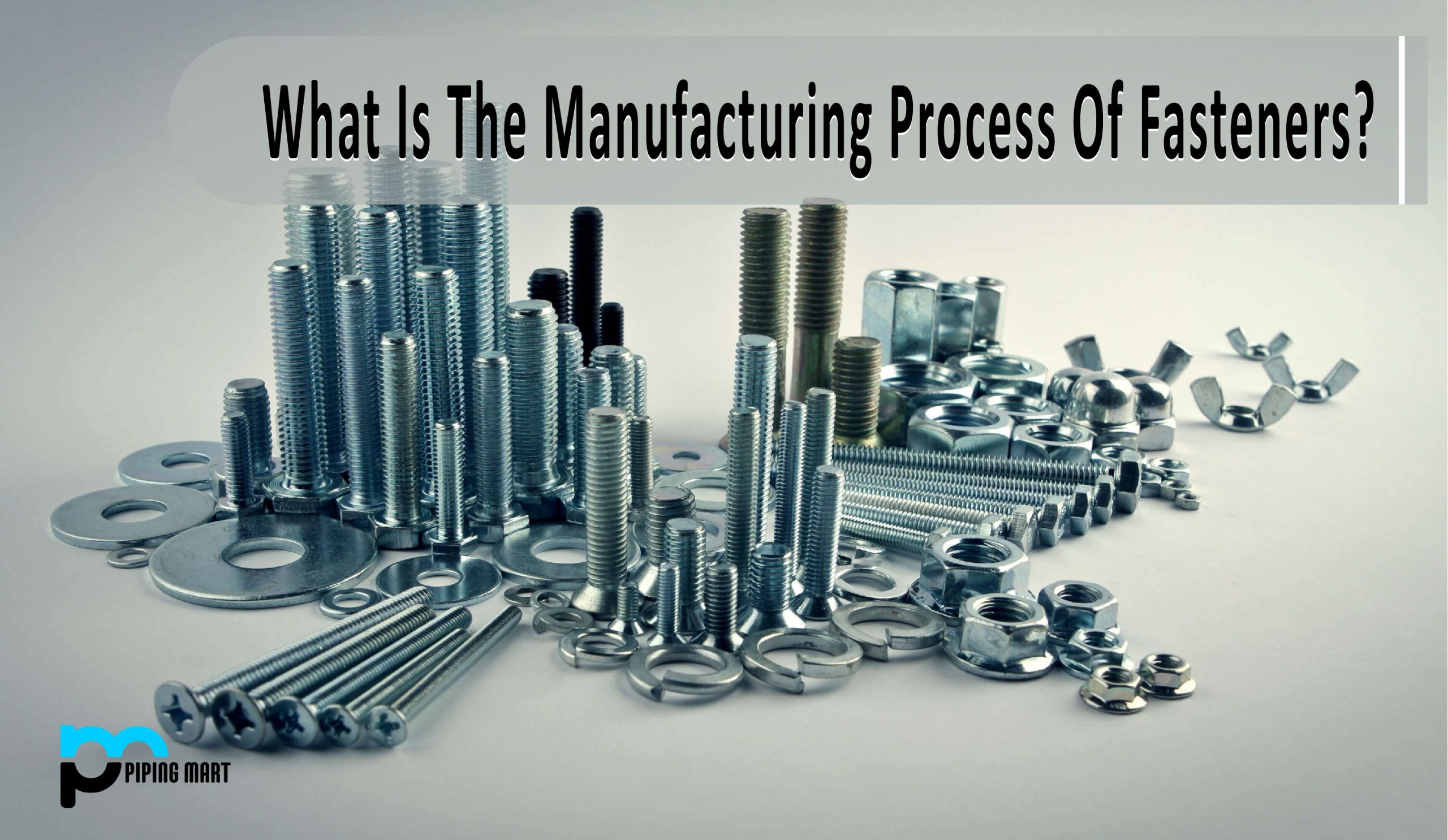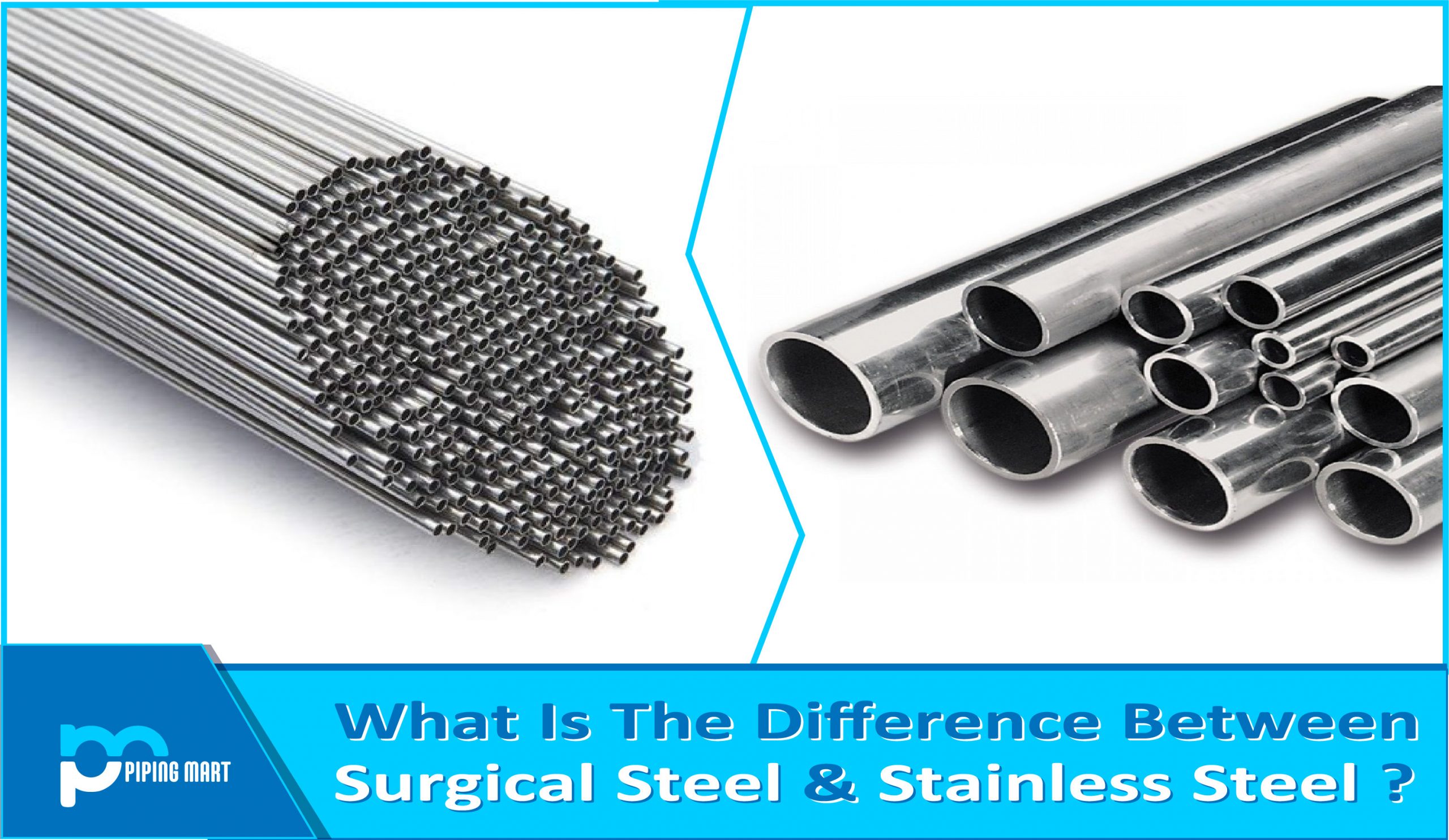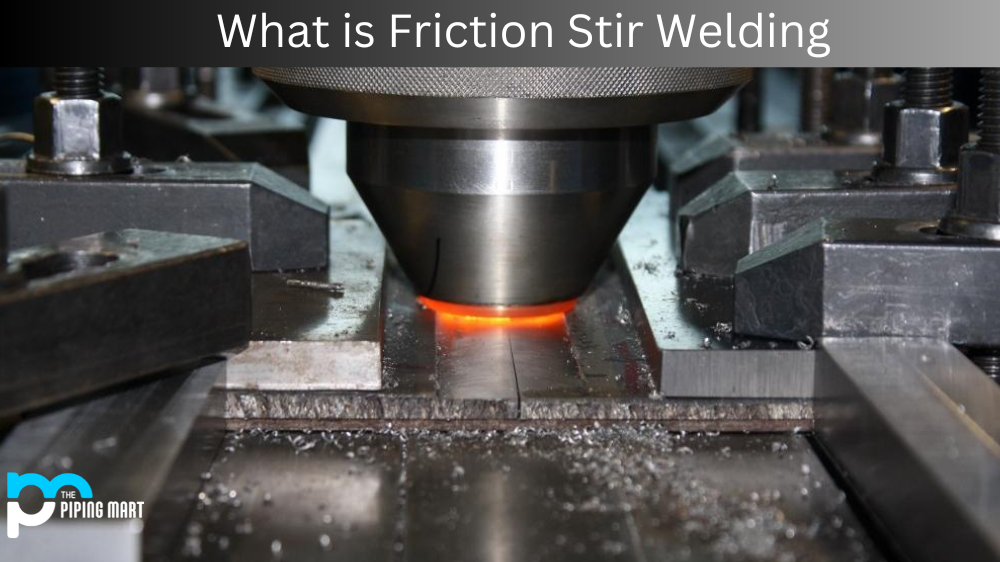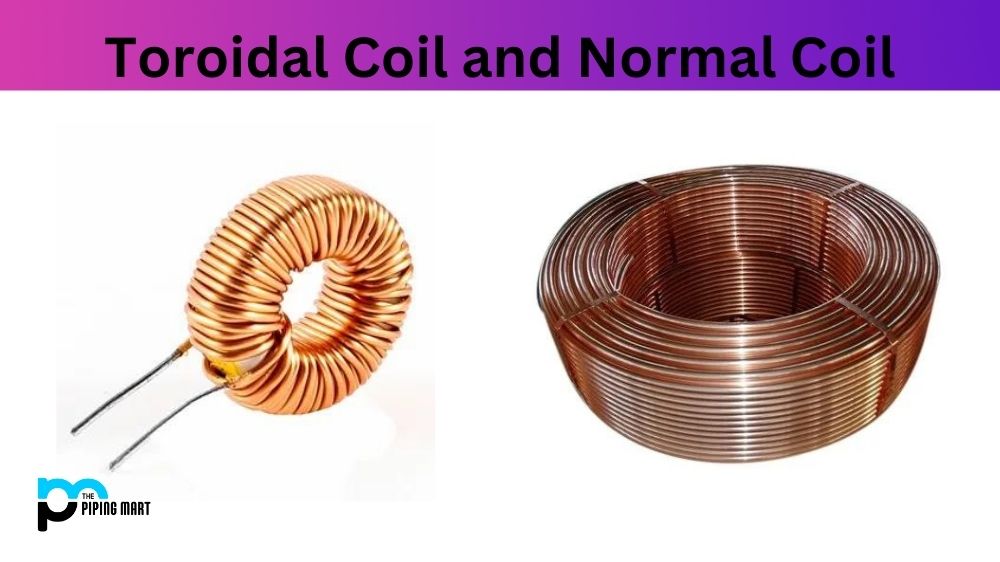Fasteners are a large group of tools that includes screws, nuts, and bolts that have the same purpose which refers to mechanically holding items together.
Fasteners usually form a non-permanent joint. In other words, if you use a fastener to attach the two components, they should be able to remove it without causing any damage to the individual parts. A welded connection, on the other hand, would not be the same. Rivets, which are classified as fasteners yet generate permanent joins, are an exception to this rule.
Whereas most of the fasteners form a non-permanent joint, this does not imply that you only use them when it’s in need to disassemble something, nor does it imply that the joint is in any way insufficient. Fasteners can dependably keep items together that are subjected to a lot of stress. That means they’re suitable for both permanent and non-permanent joints, giving customers flexibility in terms of the project manufacturer working on.
Applications:
Industrial fasteners could be used for a variety of tasks by workers in a variety of industries. If you need to join two pieces together, you’ll most likely need a fastener. Here are some typical fastener applications.
- Putting together the vehicle.
- Hanging a painting.
- Construction and building.
- Manufacturing furniture.
- Installation of the cabinets.
- Production of electronic components.
How are these made?
Nuts, bolts, clips, screws, and other fastener types are made using a variety of processes. Machining, cold forging, and hot forging are the three most common methods.
The technique used to manufacture a fastener is determined by the kind, metal, and volume, with some processes generating more than others. Because certain metals are more flexible and have more elasticity, metal type has a significant impact in the forming procedure.
Machining
Machining is a way of deforming metals in order to make parts and components. A piece of metal can be bent and moulded to match a desired pattern or form by cutting, drilling, turning, milling, and grinding it. Unlike moulding and casting, machining works with metal at room temperature or slightly higher. Heat is not a part of the process, even if the metal may heat up owing to friction.
Precision, superior tolerances, and the capacity to make complicated shapes are all advantages of machining. It’s a time-consuming method that’s best for small batches of low numbers.
Cold forming
Cold Forming is also known as cold roll forming, is the most prevalent process for making fasteners because of its speed and low waste. It’s similar to machining in that it’s done at or near room temperature to create large quantities of fasteners quickly, efficiently, consistently, and affordably.
When machining or cold forming cannot create fasteners, hot forging is employed. The heating of the workpiece is an important aspect of hot forging. The workpiece is heated to its recrystallization temperature, which can be as high as 1200° C (2192° F) during the heating process. The metal’s distorted shape is preserved when it cools due to the temperature at which it is heated.
The grain structure of the metal is broken down and homogenized into a finer grain during the forming and shaping process, which improves its strength, ductility, and toughness. Hot forging is one of the most effective metal forming procedures since it creates very little scrap and waste.

Pipingmart is B2B portal specializes in industrial, metal and piping products. Also, share latest information and news related to products, materials and different types grades to help business dealing in this industry.




